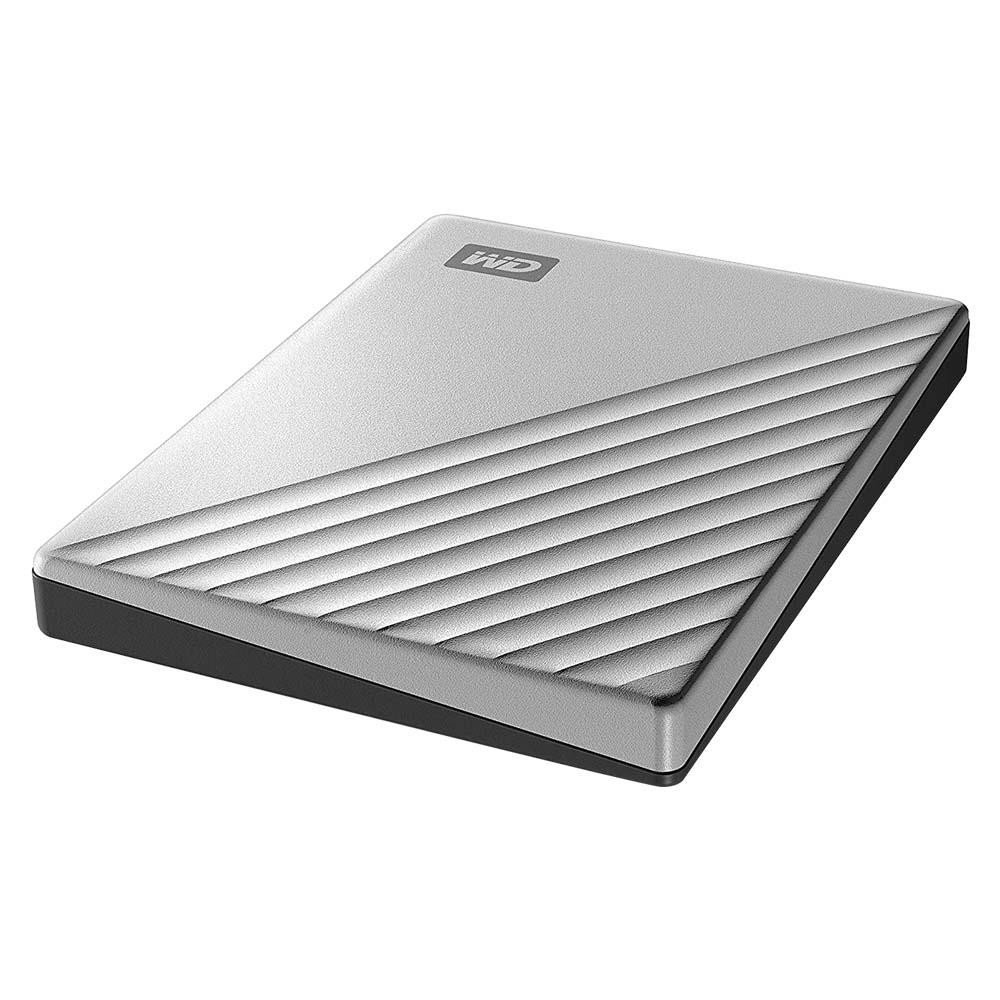

- Backup with my passport for mac mac os#
- Backup with my passport for mac password#
- Backup with my passport for mac mac#
If you completed the formatting steps under the first section, this shouldn’t be a problem, although you may have to enter the password for an encrypted drive. Under Select Disk, choose the drive for backing up your data. There’s a checkbox on the left side of the Time Machine window labeled “Back Up Automatically” - tick this to turn on Time Machine.

You can find Time Machine in System Preferences, which is located in your Dock. Step 1: Open Time Machine and make sure it is turned on.
Backup with my passport for mac mac#
If you don’t mind having your external drive connected to your Mac continually, Time Machine takes a lot of work out of the backup process. Time Machine allows you to back up your Mac with automated, scheduled backups. Your drive will be reformatted! Back up large amounts of data via Time Machine Pick the best option for your situation - we recommend the fourth format, which includes all three capabilities if you aren’t sure what to do.Ĭhoose Security Options and make sure the drive is set to write over any past data at least three times ( only for HDDs, not SSDs). The Encrypted option adds a password and encryption, while Case-sensitive differentiates folders with upper/lowercase letters (“September” and “september” stay separated, etc.).
Backup with my passport for mac mac os#
The Mac OS Extended (Journaled) format uses Journaled HFS Plus to keep all your data organized. You will now be asked to pick a new format, including Extended (Journaled), Extended (Case-sensitive, Journaled), Extended (Journaled, Encrypted), and so on. Step 3: Find the drive you want to reformat.Īll drives and volumes on your Mac will be listed in Disk Utility, so make sure you pick the right one.Ĭhoose to Erase in the Disk Utility window, confirm that’s what you want to do, and get ready to rename the drive - it’s a good idea to call it something like “Mac Backup” if you are using this drive primarily for backup data. In the resulting window, open Disk Utility. In your Mac’s menu bar, click Go, then Utilities. Re-formatting will erase any old data that you have on the drive, so you’ll want to double-check and move any valuable data over to another device before moving on. If you use an older drive, things get more complicated if you’ve already got data stored on it. Step 1: Connect your new drive to your Mac.Ī new drive is ideal here. Fortunately, it’s a simple process and can also teach you a bit more about your drive.

If you are going to use an external hard drive or an external solid-state drive to back up your Mac data, then you should start by formatting it for the MacOS extended file system - besides a few exceptions, most external hard drives are not pre-formatted for Macs. Make sure your drive is properly formatted These methods also work for MacOS Big Sur. If you’re looking to ensure you don’t experience the severe pain that is data loss, we’ve broken down the best way to back up your Mac and protect your information. It’s always a good idea to have multiple forms of backup (local backup and remote backup) when possible. With online storage services like iCloud or even Google Drive, some people assume that there’s no need for an external hard drive on your Mac.


 0 kommentar(er)
0 kommentar(er)
